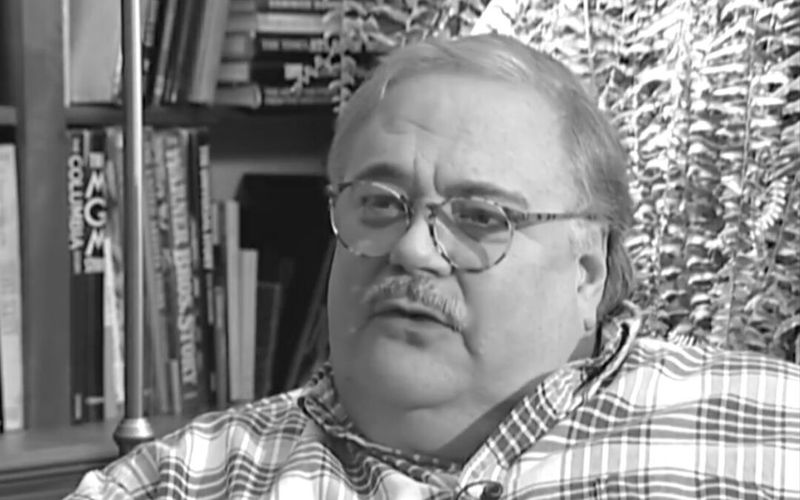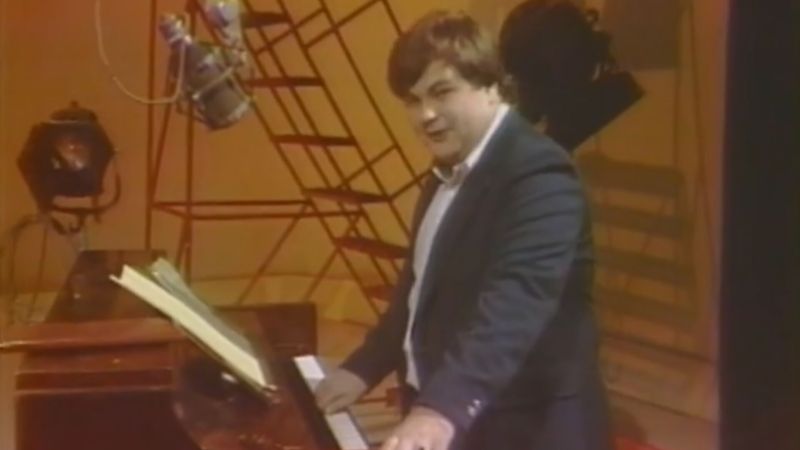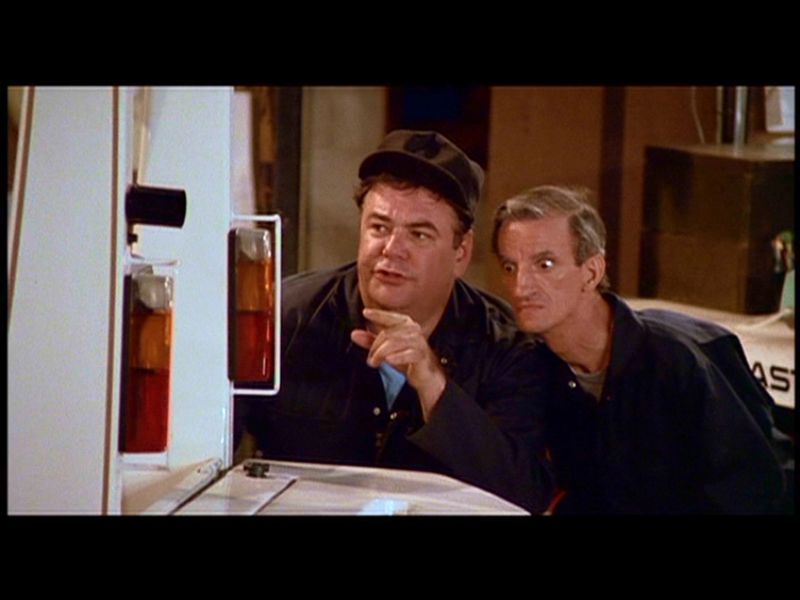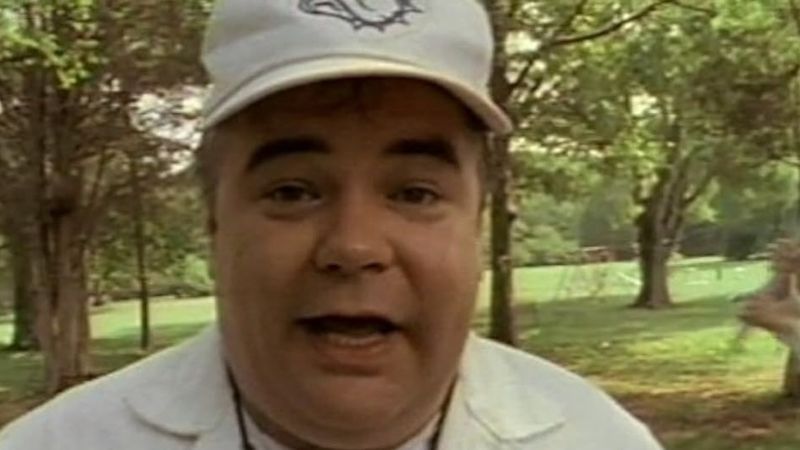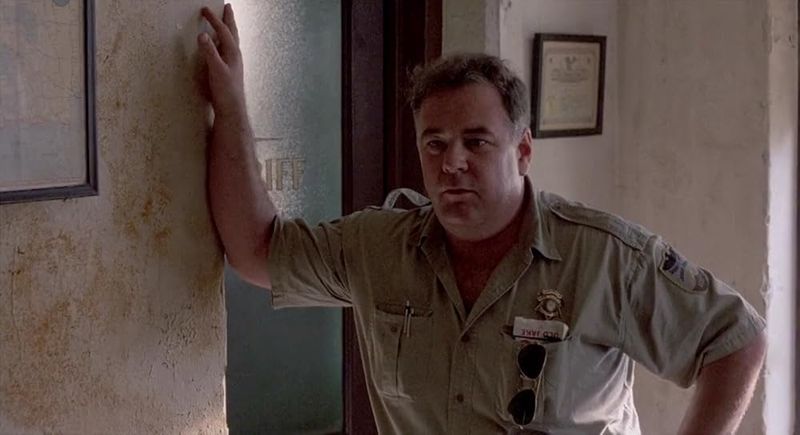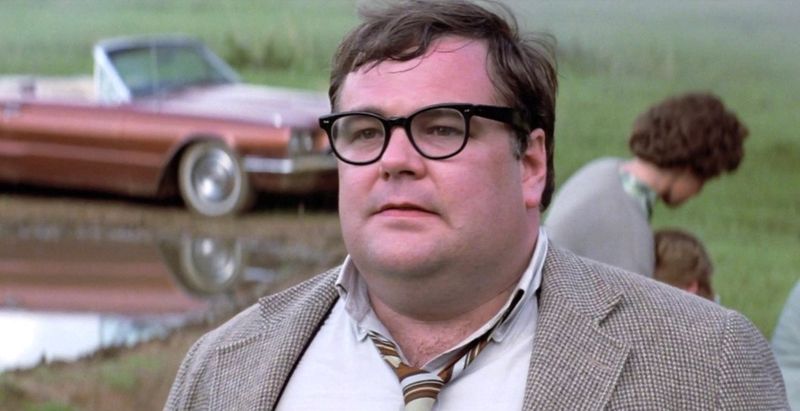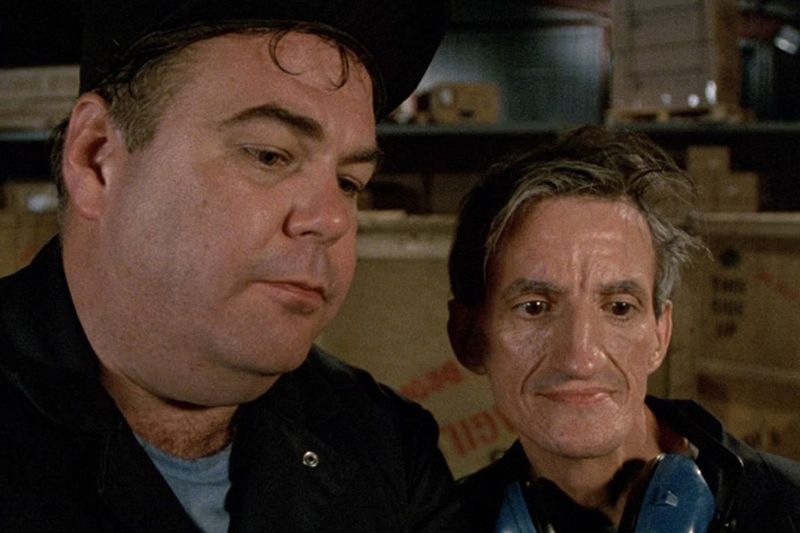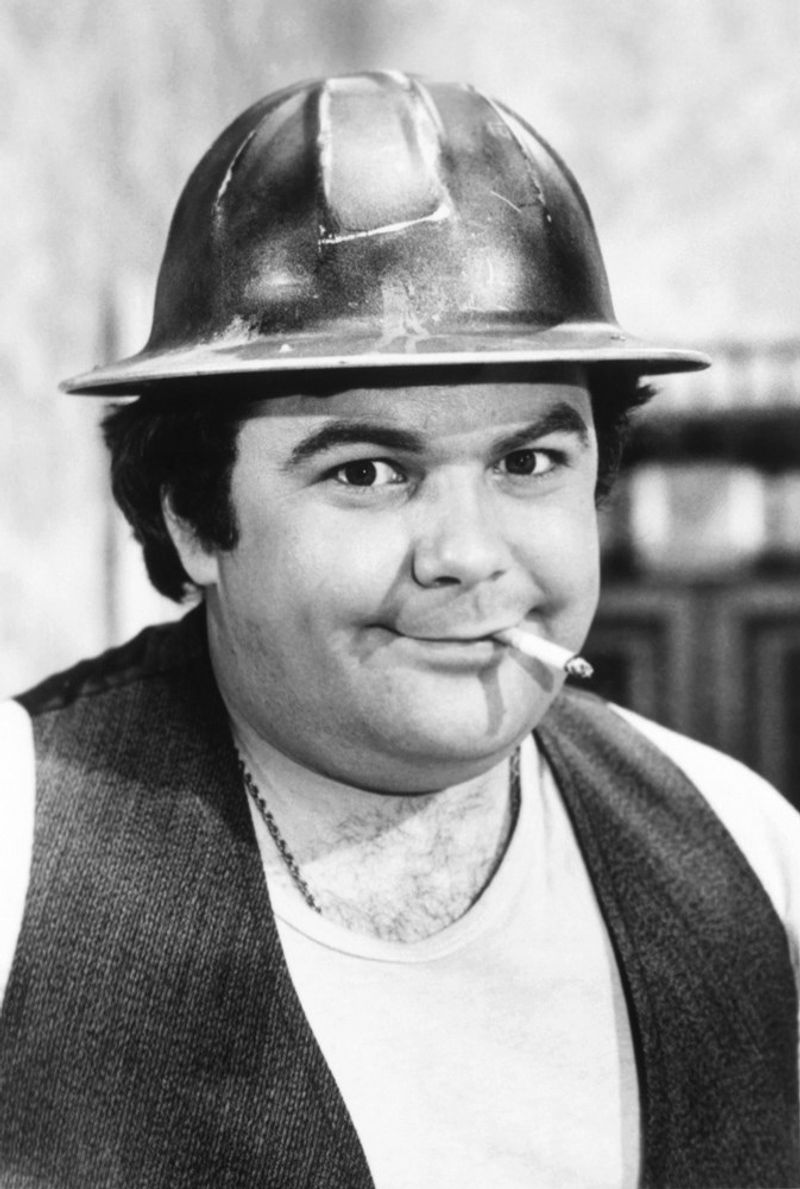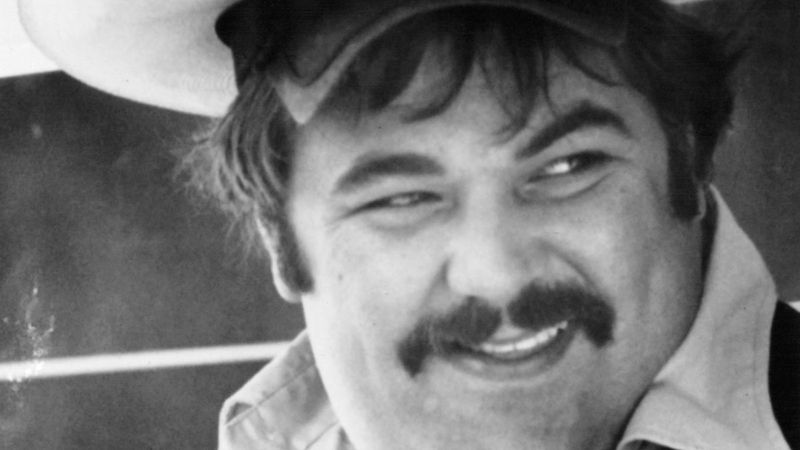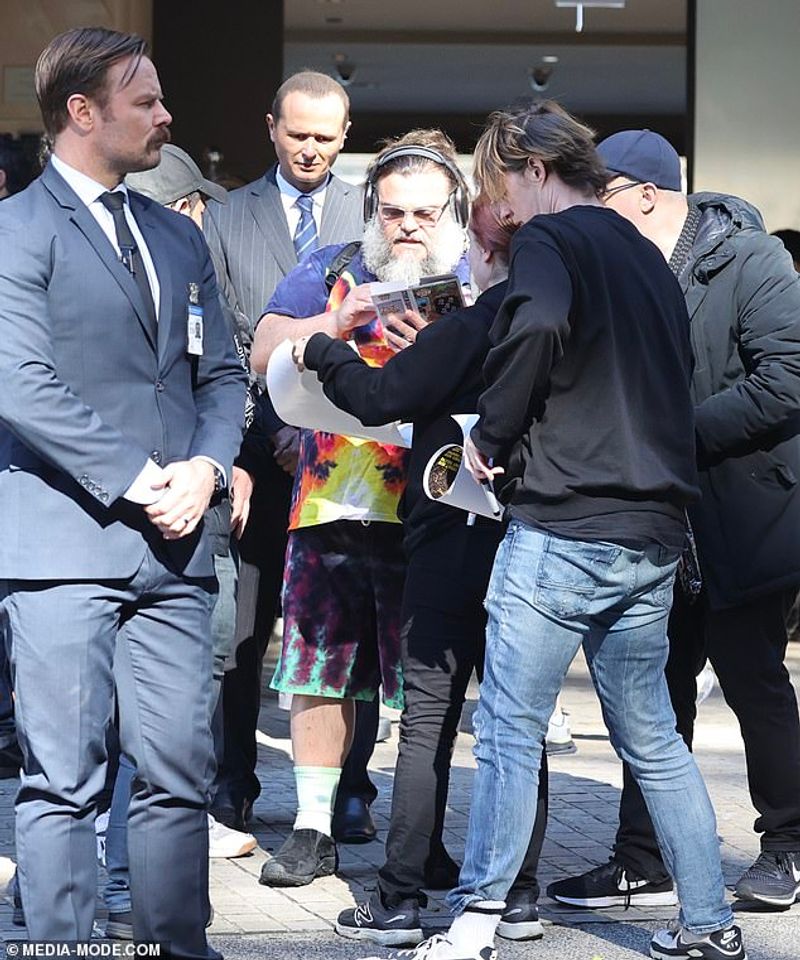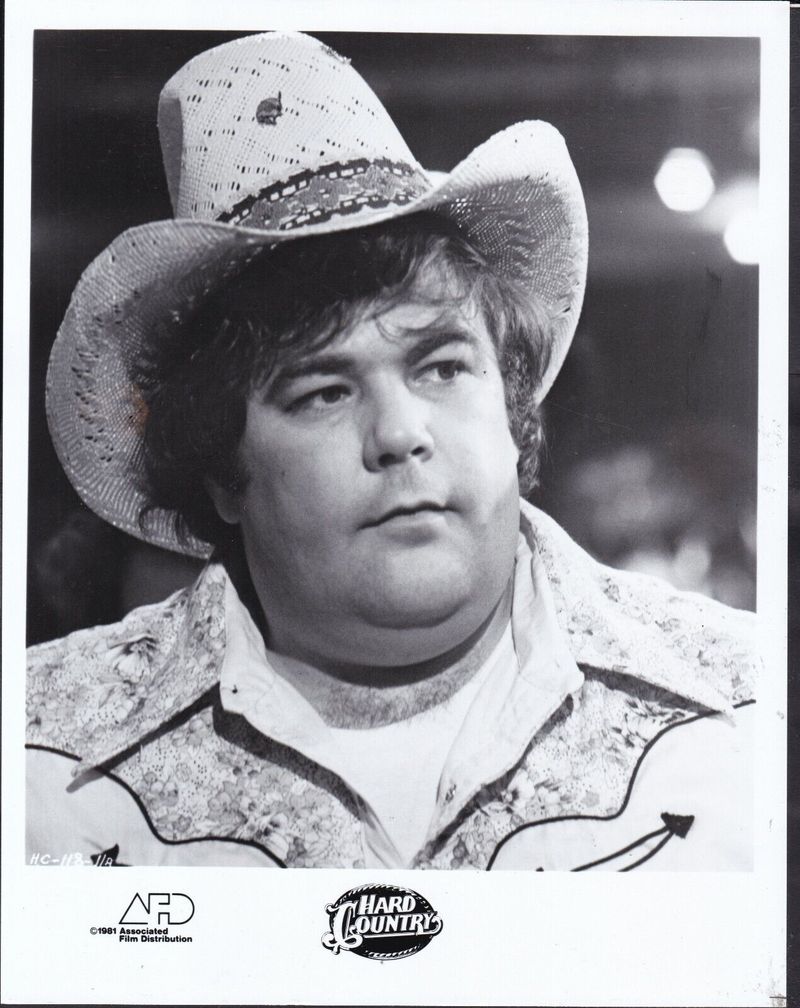Gailard Sartain might not be a household name, but his face and talent brightened American screens for decades. From his humble beginnings in Oklahoma to rubbing shoulders with Hollywood royalty, this versatile character actor left an unforgettable mark on entertainment.
Whether you know him as the sidekick from Ernest movies or from his dramatic roles, these surprising facts will reveal the many layers of this Southern entertainment legend.
1. Doodling His Way to Fame
Gailard’s artistic talents opened doors nobody expected. While working odd jobs in Tulsa, his casual sketches caught the eye of local television producers who saw something special in his expressive drawings.
His illustrations had a quirky charm that perfectly matched his personality. These early drawings weren’t just hobby work – they showcased a visual storytelling ability that would later translate wonderfully to his on-screen characters.
Who would have thought that a man absentmindedly drawing cartoons would end up becoming a beloved fixture in American entertainment? Sometimes the most unexpected talents lead to the greatest opportunities.
2. From Behind the Camera to Center Stage
Fate has strange ways of working, especially in Sartain’s case. Before his acting days, he operated cameras at a Tulsa television station, learning the technical side of production while secretly harboring performance dreams.
His colleagues often noted how he’d make the crew laugh between takes. This natural comedic timing couldn’t stay hidden behind equipment forever. During one particularly memorable day, when an on-air personality called in sick, Sartain stepped in – and the rest became entertainment history.
The cameraman had found his true calling in front of the lens.
3. The Homegrown Show That Launched a Career
Creative freedom can lead to unexpected success. Sartain’s brainchild, “The Uncanny Film Festival and Camp Meeting,” became a late-night sensation in Tulsa despite its shoestring budget and offbeat humor.
Adopting the persona of “Mazeppa,” Sartain hosted old horror movies with bizarre comedy sketches between segments. Local viewers couldn’t get enough of his unpredictable antics and Southern-fried humor. The show’s cult following grew beyond Oklahoma borders, eventually catching the attention of national producers.
This quirky local program proved Sartain had star potential that deserved a bigger stage.
4. Cornfield Comedy Calling
Lightning struck when “Hee Haw” producers spotted Sartain’s unique brand of humor. His natural Southern charm and impeccable comic timing made him perfect for the cornpone comedy show that dominated rural American television.
From 1972-1974, he became one of the show’s standout performers, delivering country-fried punchlines alongside legends like Buck Owens and Roy Clark. The weekly variety show introduced millions of viewers to Sartain’s distinctive face and comedic talents.
Though his run lasted just two years, this national platform transformed him from regional personality to recognized comedy talent across America.
5. The Ernest Connection
Chuck and Ernest – name a more iconic duo! Sartain’s portrayal of the loyal but dim-witted Chuck in the Ernest film series cemented his place in comedy history.
Alongside Jim Varney’s manic Ernest P. Worrell, Sartain created a perfect straight-man foil, delivering deadpan reactions to Ernest’s wild schemes. Their chemistry was undeniable across multiple films including “Ernest Goes to Camp” and “Ernest Saves Christmas.”
Many fans consider Chuck the secret ingredient that helped the Ernest franchise achieve its cult status. The character showcased Sartain’s gift for understated comedy that made even simple lines memorably funny.
6. Saturday Morning Stardom
Kids across America woke up early for Sartain’s antics! When “Hey Vern, It’s Ernest” brought the popular film character to Saturday morning television, Sartain came along for the ride.
The CBS children’s show only ran for one season in 1988, but packed in plenty of Sartain’s comedic moments. Each episode featured him playing multiple characters alongside Varney’s Ernest, showcasing his remarkable versatility.
Though brief, this foray into children’s programming introduced Sartain to a whole new generation of fans. Many 80s kids remember his performances more vividly than the cartoons that surrounded the show in the lineup.
7. Rubbing Shoulders With the Stars
Character actors rarely get the spotlight, but they often share scenes with the biggest names in Hollywood. Sartain’s filmography reads like a who’s who of cinema legends.
In Francis Ford Coppola’s “The Outsiders,” he appeared alongside young talents like Tom Cruise and Patrick Swayze. His role in the powerful “Mississippi Burning” put him in scenes with Gene Hackman and Willem Dafoe. Each project demonstrated his ability to hold his own against acting powerhouses.
Directors valued his authentic presence that added credibility to any scene, whether working with Oscar winners or rising stars.
8. The Serious Side of a Funny Man
Behind the laughs lived a serious artist. While comedy made Sartain famous, his dramatic performances revealed impressive emotional range that surprised critics and audiences alike.
His supporting role in “Fried Green Tomatoes” showed his ability to portray complex, flawed characters with depth. In “The Patriot,” he brought gravitas to his brief but memorable appearance. These dramatic turns weren’t flukes – they demonstrated the trained actor beneath the comedy persona.
Fellow actors often noted his meticulous preparation for dramatic roles, studying human behavior to bring authenticity to every character, regardless of screen time.
9. The Dynamic Duo
Some friendships transcend the screen. Sartain and Bill Byrge created magic together as the bumbling sidekicks in numerous Ernest films, their contrasting physical appearances (Sartain’s imposing size versus Byrge’s diminutive stature) creating instant visual comedy.
Off-camera, they maintained a genuine friendship spanning decades. They often made public appearances together at fan conventions, delighting audiences with their real-life chemistry.
When Byrge passed away in March 2023, just months before Sartain’s own death in August, fans mourned the end of a comedy partnership that had brought joy to multiple generations. Their final reunion came too soon in the great beyond.
10. Scene-Stealing in a Southern Classic
Sometimes it only takes a few minutes to leave a lasting impression. As Evelyn’s neglectful husband Ed Couch in “Fried Green Tomatoes,” Sartain created a character audiences loved to hate.
With just a handful of scenes, he perfectly embodied the dismissive, self-centered spouse who drives Kathy Bates’ character to find her strength. His nuanced performance avoided one-dimensional villainy, instead portraying a flawed man product of his time and upbringing.
Film scholars often point to this role as evidence of Sartain’s ability to create memorable characters regardless of screen time. Quality always trumped quantity in his approach to roles.
11. The Voice You Recognize
That distinctive Southern drawl didn’t just work on camera. Sartain’s voice became a secret weapon in animation and advertising, bringing authentic character to everything he voiced.
Animation studios sought his unique vocal talents for cartoons and video games, while advertisers knew his voice added folksy credibility to commercials. Many Americans heard Sartain’s voice selling products or voicing characters without ever realizing who was behind the microphone.
Voice actors praise his ability to convey emotion and humor through vocal performance alone. His dialect work, particularly his authentic Southern accents, set the standard for voice actors portraying regional American characters.
12. Full Circle to the Canvas
Life has beautiful symmetry. After decades in front of cameras, Sartain returned to his first love – visual art – creating paintings that captured the same spirit as his performances.
His retirement from acting wasn’t the end of his creative journey but a return to his roots. Working from his studio, he produced landscapes and portraits that showcased the same keen observation of humanity that informed his acting.
Art galleries throughout the South displayed his work, introducing fans to this lesser-known talent. The transition seemed natural for someone who had always approached acting with an artist’s eye for detail and character.
13. Southern Festival Favorite
Fame never changed his down-home approachability. Long after his Hollywood heyday, Sartain became a beloved fixture at Southern film festivals and fan conventions, where attendees discovered his genuine warmth matched his on-screen persona.
Unlike some celebrities who maintain distance from fans, Sartain embraced these interactions. He’d spend hours sharing stories from his career, signing autographs, and posing for photos with multiple generations of admirers.
Event organizers often noted how he’d be the first to arrive and last to leave, ensuring every fan had their moment with him. This accessibility endeared him to audiences who appreciated both his talent and his humanity.
14. Immortalized in the Smithsonian
Few entertainers achieve true cultural significance. Sartain’s contributions to American popular culture earned him a rare honor – preservation in the Smithsonian Institution’s permanent collection.
Select pieces of his artwork, along with memorabilia from his television and film career, now reside in the national museum. Curators recognized his unique intersection of regional humor, visual art, and performance as worthy of documentation for future generations.
The Smithsonian’s American History Museum occasionally features his items in exhibitions about television history or Southern culture. This institutional recognition places Sartain in an elite category of artists whose work transcends entertainment to become cultural documentation.

